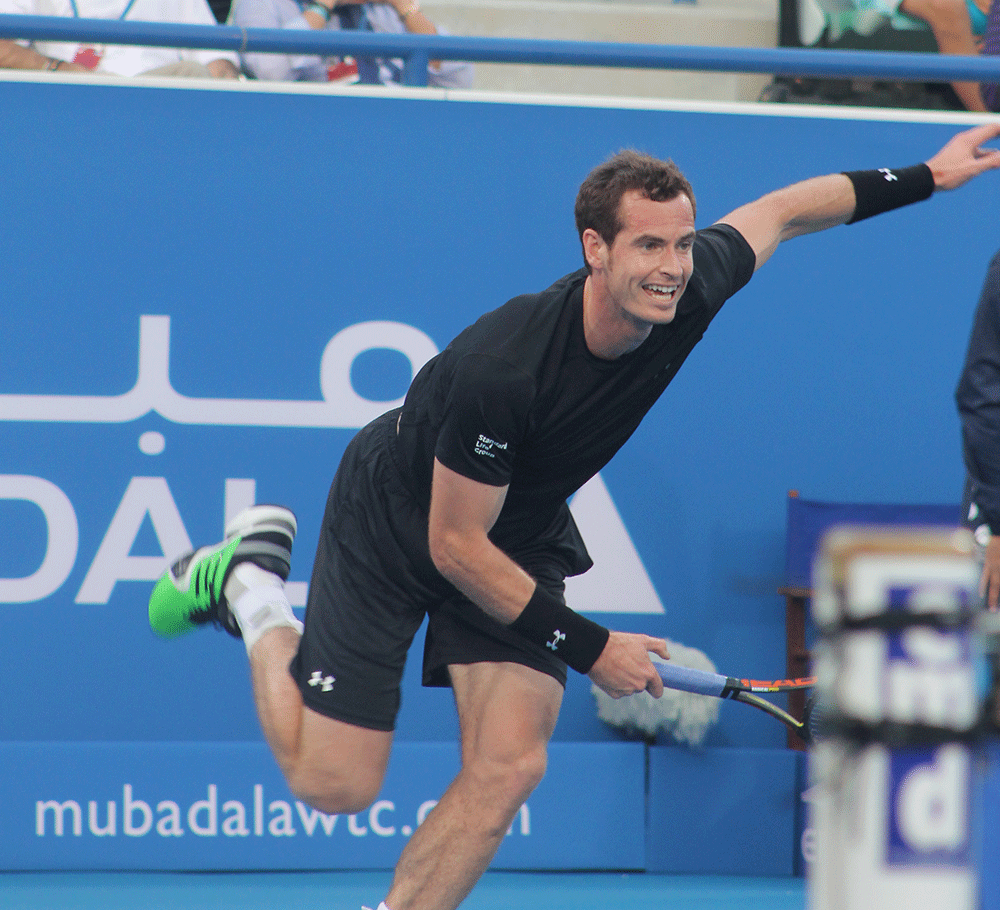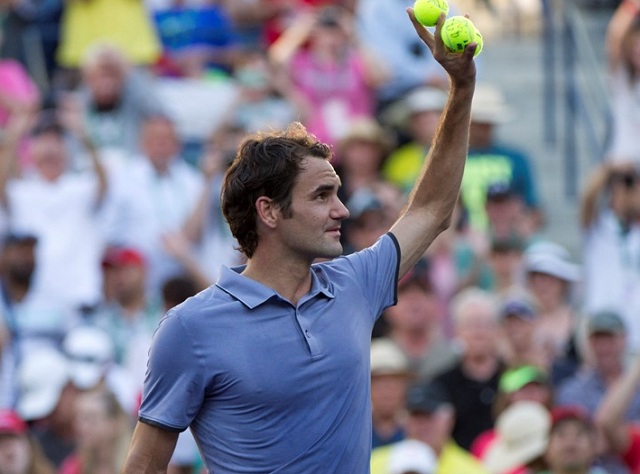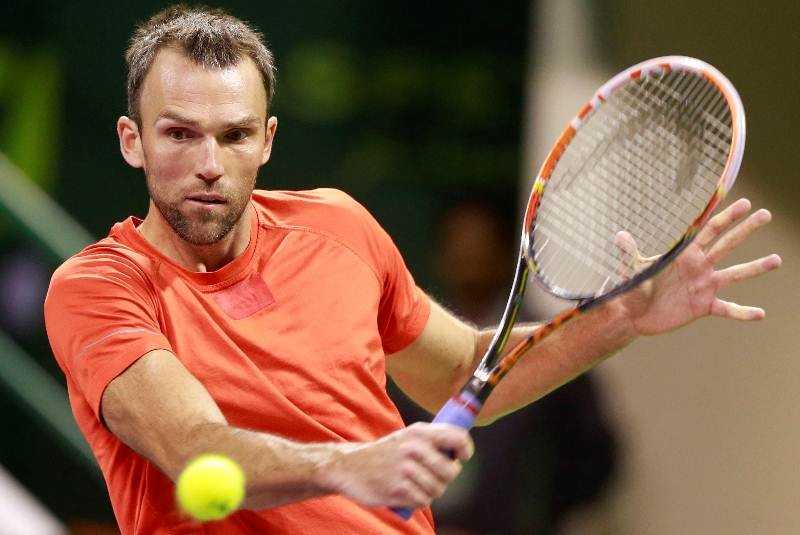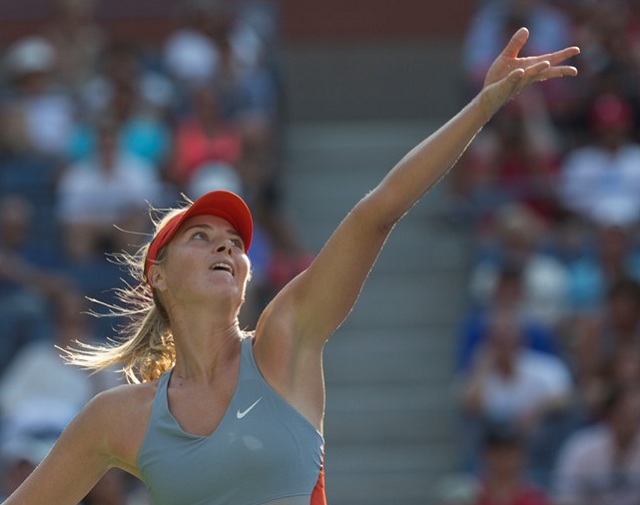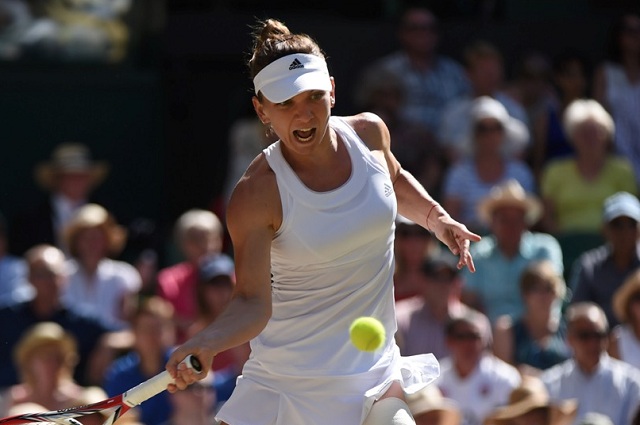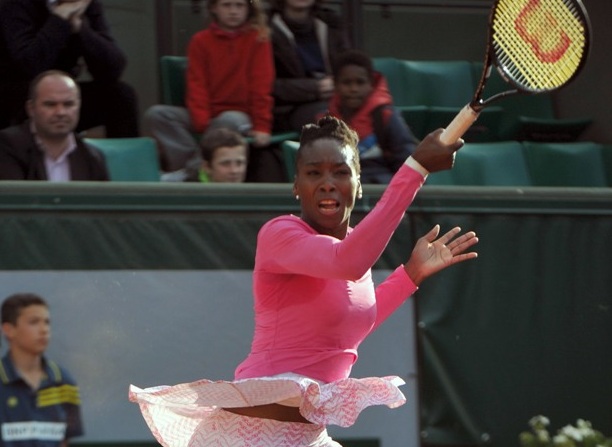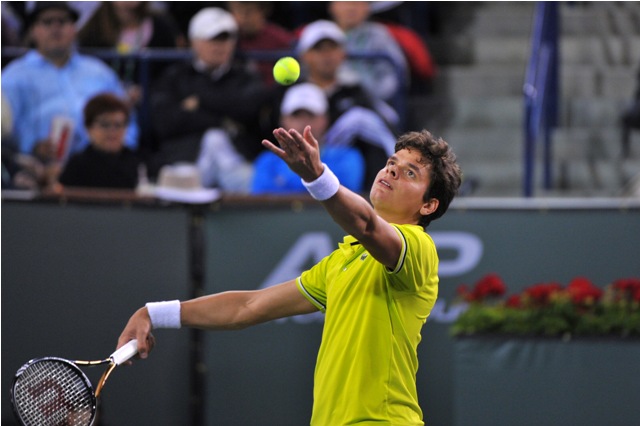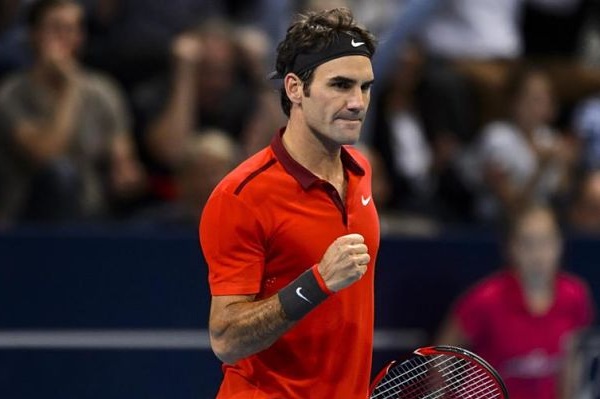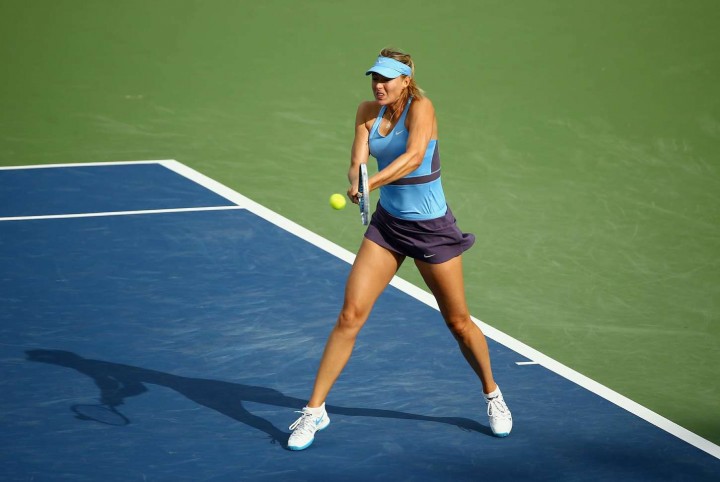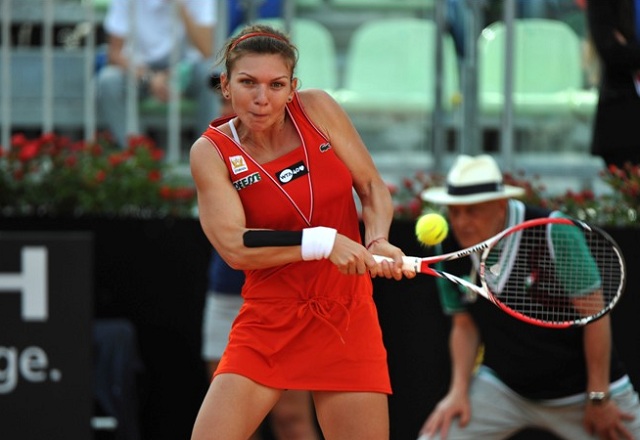Shangri-La Abu Dhabi & Mubadala World Tennis Championships – The Perfect Combination
The Mubadala World Tennis Championships 2015 was a very special event. The organisers really know how to integrate the fans into the whole experience, giving a closer and more personal link between the fans and players that larger tennis events around the globe can only dream of.
The match of the tournament for me was Andy Murray’s straight sets defeat of Rafael Nadal. The Scott’s pre season training is clearly paying off while Nadal is struggling for fitness due to his 5 month injury lay off.

My stay in Abu Dhabi was made even more special thanks to the Shangri-la, which along with the awesome 5 star service, commanded a 5 star view of the Sheik Zayed Grande Mosque that is breath-taking.

The hotel is less than 15 minutes from downtown Abu Dhabi and the grandiose foyer that welcomes you on arrival is simply stunning.
Fancy a spot of shopping? Next door to the hotel is a large souk which you can walk to or for an added experience, why not take abra (boat) from the hotel via a small canal (runs every 10 minutes).

The Shangri-la Abu Dhabi has fine-tuned its relaxation offerings to perfection… The infinity pool with a view towards the Grande Mosque is incredible, as is the beach area where you can nap on a sun lounger or even an Arabian tent where you can relax in for hours with your Shisha.

The award winning Spa is certainly a must experience during your stay.

For more details visit the Shangri-La Abu Dhabi website here.





